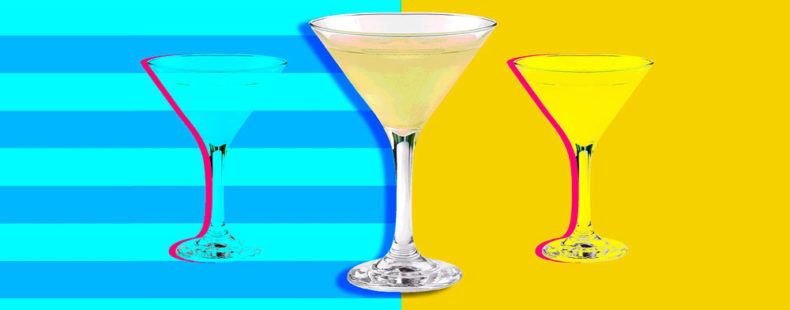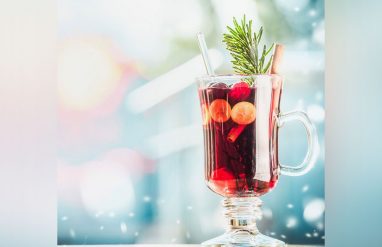Mojito
The mojito was Hemingway’s other Cuban favorite, and might be a modified version of an earlier drink, called El Draque, after Sir Francis Drake. The legend goes that in 1586, Drake and his crew were having issues with dysentery and scurvy on their ship. They made a stop while circling Cuba to find a cure, and came back with a medicinal drink that contained a local version of rum, as well as sugar, lime, and mint. To be honest, the limes alone probably would have helped, since vitamin C fights scurvy (tell your friends), but who wants to just eat plain limes? The drink cured what ailed them, and they brought it back to Europe where lots of other people loved it.
The word itself might come from the Spanish mojadito, which means “a little wet.” It could also come from the Spanish mojo, which is a citrus sauce or marinade that’s used to wet bread.
We can’t really speak to its medicinal properties, but that’s probably not what Hemingway liked it for, either. Here’s today’s version of the drink:
- 1 1/3 oz Rum
- 2 tsp Sugar
- 1 oz Lime juice
- 6 sprigs Mint
- 1 splash Soda water
Muddle the mint with the sugar and lime juice, and add the splash of soda water. Pour the drink into a tall glass of cracked ice, then add the rum. Garnish with mint and a slice of lime, and you’ll be good to go against scurvy.

























